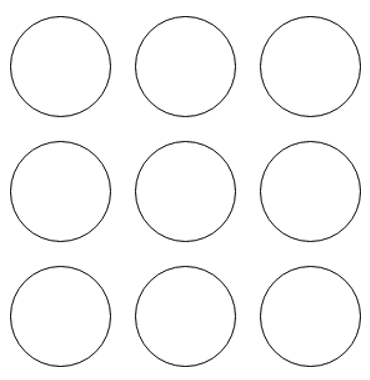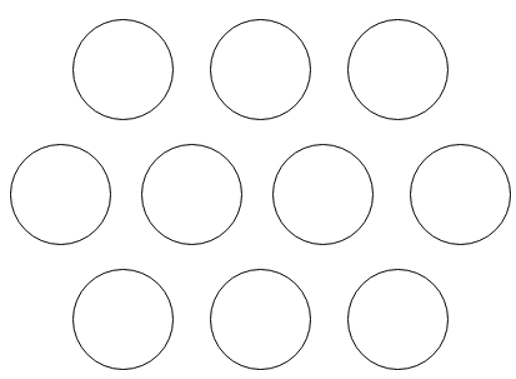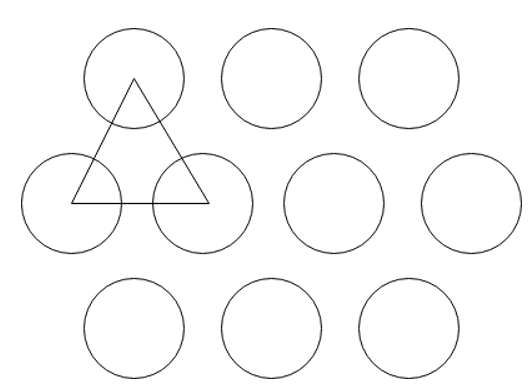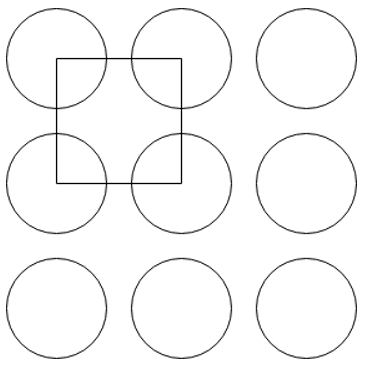This set of Heat Transfer Operations Objective Questions & Answers focuses on “Shell and Tube Heat Exchangers – Construction and Operation”.
1. Use of baffles in shell and tube Heat exchangers increases pressure drop.
a) True
b) False
View Answer
Explanation: In a shell and tube heat exchanger we can use baffles to increase turbulence in the flow which eventually increases the pressure drop in the equipment.
2. In how many ways can we classify Shell and Tube heat exchangers on the basis of flow patterns?
a) 1
b) 2
c) 3
d) 4
View Answer
Explanation: On the basis of flow patterns, shell and tube HE can be classified as m-n shell and tube pass, split flow and divided flow.
3. Which of the following has the maximum Log mean temperature difference for a Shell and tube Heat Exchanger?
a) Counter-flow
b) Parallel Flow
c) Cross Flow
d) Split Flow
View Answer
Explanation: The mean temperature difference for a counter-flow operation is uniform throughout the length of the tube and hence gives a higher value to the LMTD.
4. What are the types of baffles exist for a shell and tube heat exchanger?
a) Cross baffle, Split baffle and segmental baffle
b) Counter baffle, doughnut baffle and Cross baffle
c) Orifice baffle, segmental baffle and doughnut baffle
d) Orifice baffle, segmental baffle and Counter baffle
View Answer
Explanation: There exist only three possible baffles to be used in a shell and tube heat exchanger which are Orifice baffle, segmental baffle and doughnut baffle.
5. Which one of the following is not a type of baffle for heat transfer in shell and tube HE?
a) Segmental
b) Orifice
c) Doughnut
d) Divided
View Answer
Explanation: There exist only three possible baffles to be used in a shell and tube heat exchanger which are Orifice baffle, segmental baffle and doughnut baffle.
6. What are the types of pitch arrangements are available for the baffles to be used in Shell and Tube HE?
a) Square pitch and Rectangular pitch
b) Square pitch and Triangular pitch
c) Rectangular pitch and Hexagonal pitch
d) Hexagonal pitch & Triangular pitch
View Answer
Explanation: There exist only two possible pitch types to be used in a baffle for shell and tube heat exchanger which are Square pitch and Triangular pitch.
7. When phase change occurs in one of the fluids, it is preferred to be kept at the shell side.
a) True
b) False
View Answer
Explanation: When phase change takes place we keep that fluid in the shell side so that the condensate can be readily removed and further process can be continued without halt which is not the case when we use it in the tube side.
8. Which one of the following fluid cannot be placed in the shell side?
a) Condensing Vapour
b) Fluid with very high temperature
c) Fluid with very high pressure
d) Fluid with high viscosity
View Answer
Explanation: The fluid with very high pressure is usually avoided in shell side as it may damage the baffles and resting tubes. For shell side order of priority is-
i. Condensing stream(non corrosive)
ii. Large temperature fluids
iii. Large viscosity fluids.
9. Which one of the following fluid cannot be placed in the tube side?
a) Fouling Fluid
b) Cooling liquid
c) Corrosive fluid
d) Highly viscous
View Answer
Explanation: The liquids which we can place in the tube side, in the order of priority are
i. Corrosive liquid
ii. Fouling liquid
iii. Cooling liquid
iv. Less viscous
v. High pressure stream.
10. When the fluid is very viscous, we can __________
a) Keep it in shell side
b) Keep it in tube side
c) Keep it in any side
d) Not use it
View Answer
Explanation: The liquids which we can place in the tube side, in the order of priority are
i. Corrosive liquid
ii. Fouling liquid
iii. Cooling liquid
iv. Less viscous
v. High pressure stream.
11. To calculate the temperature difference in a Shell and tube heat exchanger, we use _____
a) LMTD
b) Mean temperature difference
c) Median of the temperature difference
d) Square mean of the temperature difference
View Answer
Explanation: We can use mean temperature difference in place of LMTD but it is impossible to continuously measure the temperature difference along the whole setup of the HE. Hence we use LMTD for a better approximation.
12. Recognize the type of pitch given the figure below.

a) Square pitch
b) Triangular pitch
c) Rotated Square pitch
d) Hexagonal pitch
View Answer
13. Recognize the type of pitch given the figure below.

a) Square pitch
b) Triangular pitch
c) Rotated Square pitch
d) Hexagonal pitch
View Answer
Explanation: This type of pitch can be classified only under Triangular pitch as shown below.

14. Recognize the type of pitch given the figure below.

a) Square pitch
b) Triangular pitch
c) Rotated Square pitch
d) Hexagonal pitch
View Answer
Explanation: This type of pitch can be classified only under Rotated Square pitch as shown below.

Sanfoundry Global Education & Learning Series – Heat Transfer Operations.
To practice all objective questions on Heat Transfer Operations, here is complete set of 1000+ Multiple Choice Questions and Answers.
If you find a mistake in question / option / answer, kindly take a screenshot and email to [email protected]
- Check Heat Transfer Operations Books
- Practice Chemical Engineering MCQs
- Check Chemical Engineering Books
- Apply for Chemical Engineering Internship

